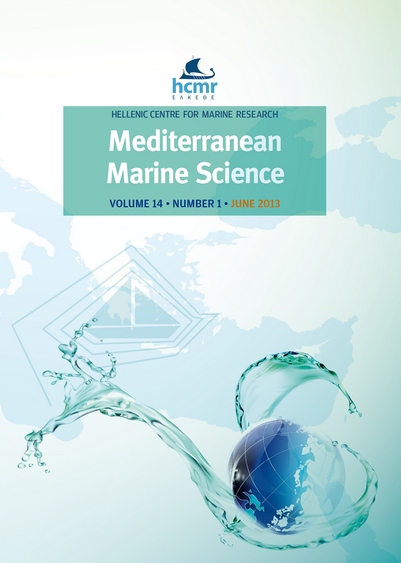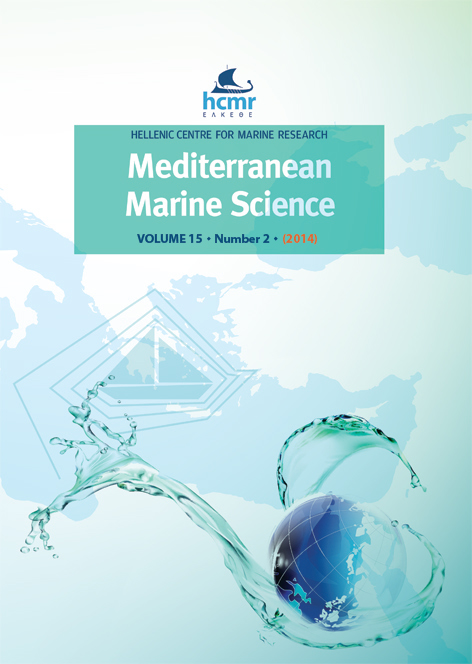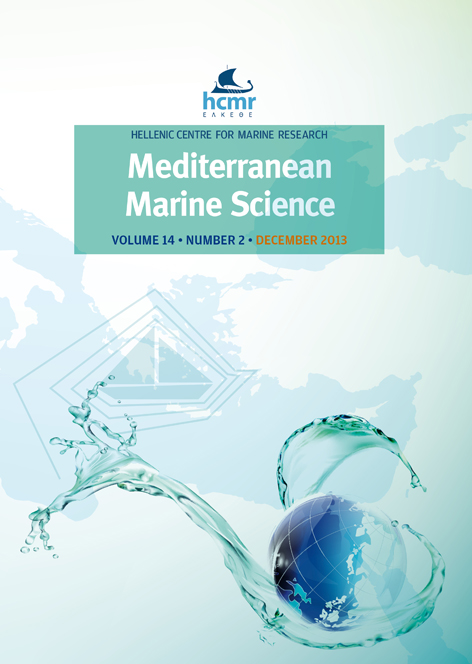Is Posidonia oceanica regression a general feature in the Mediterranean Sea?
Περίληψη
Over the last few years, a widespread regression of Posidonia oceanica meadows has been noticed in the Mediterranean Sea. However, the magnitude of this decline is still debated. The objectives of this study are (i) to assess the spatio-temporal evolution of Posidonia oceanica around Cap Corse (Corsica) over time comparing available ancient maps (from 1960) with a new (2011) detailed map realized combining different techniques (aerial photographs, SSS, ROV, scuba diving); (ii) evaluate the reliability of ancient maps; (iii) discuss observed regression of the meadows in relation to human pressure along the 110 km of coast. Thus, the comparison with previous data shows that, apart from sites clearly identified with the actual evolution, there is a relative stability of the surfaces occupied by the seagrass Posidonia oceanica. The recorded differences seem more related to changes in mapping techniques. These results confirm that in areas characterized by a moderate anthropogenic impact, the Posidonia oceanica meadow has no significant regression and that the changes due to the evolution of mapping techniques are not negligible. However, others facts should be taken into account before extrapolating to the Mediterranean Sea (e.g. actually mapped surfaces) and assessing the amplitude of the actual regression.
Λεπτομέρειες άρθρου
- Πώς να δημιουργήσετε Αναφορές
-
BONACORSI, M., PERGENT-MARTINI, C., BREAND, N., & PERGENT, G. (2013). Is Posidonia oceanica regression a general feature in the Mediterranean Sea?. Mediterranean Marine Science, 14(1), 193–203. https://doi.org/10.12681/mms.334
- Τεύχος
- Τόμ. 14 Αρ. 1 (2013)
- Ενότητα
- Research Article
Authors who publish with this journal agree to the following terms:
- Authors retain copyright and grant the journal right of first publication with the work simultaneously licensed under a Creative Commons Attribution Non-Commercial License that allows others to share the work with an acknowledgement of the work's authorship and initial publication in this journal.
- Authors are able to enter into separate, additional contractual arrangements for the non-exclusive distribution of the journal's published version of the work (e.g. post it to an institutional repository or publish it in a book), with an acknowledgement of its initial publication in this journal.
- Authors are permitted and encouraged to post their work online (preferably in institutional repositories or on their website) prior to and during the submission process, as it can lead to productive exchanges, as well as earlier and greater citation of published work (See The Effect of Open Access).







